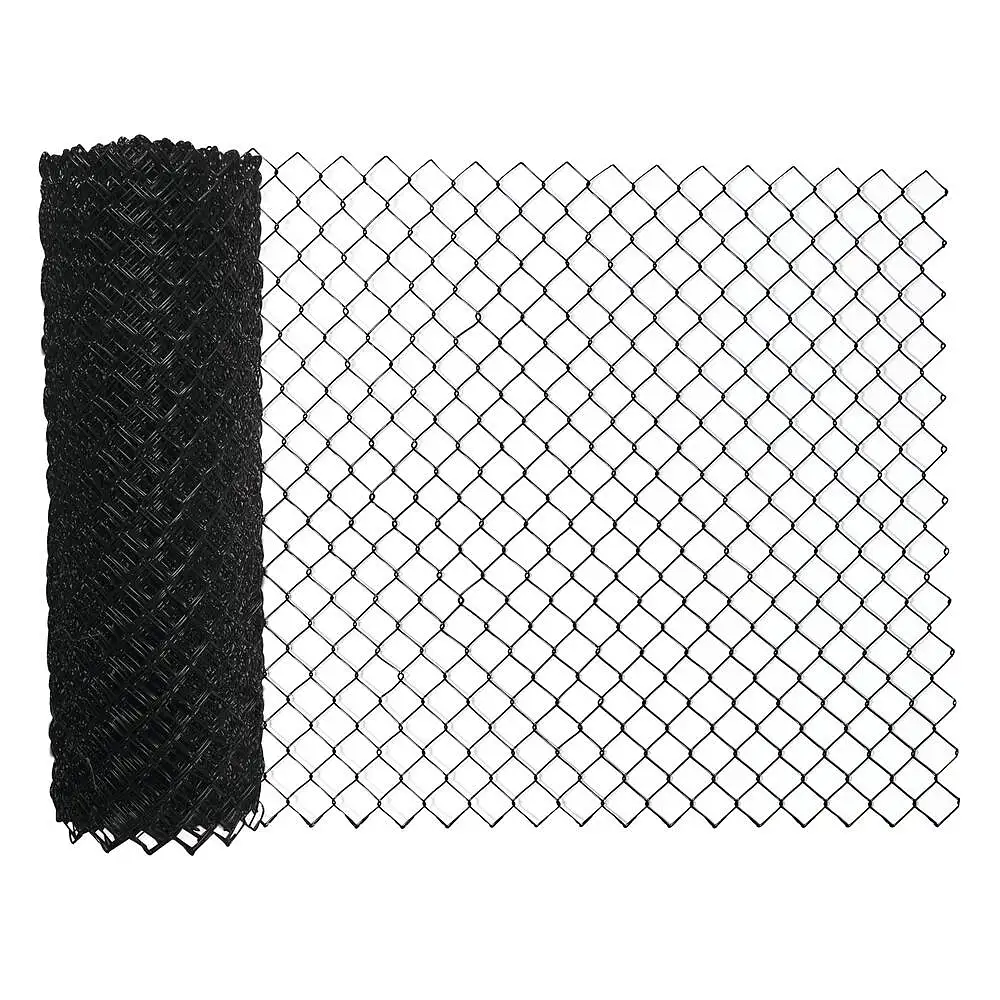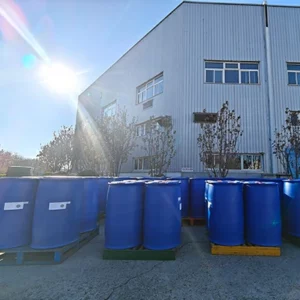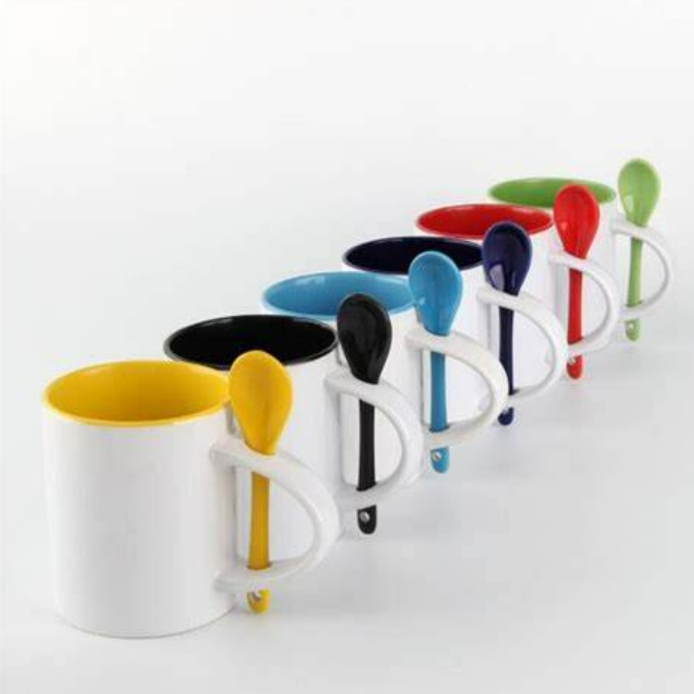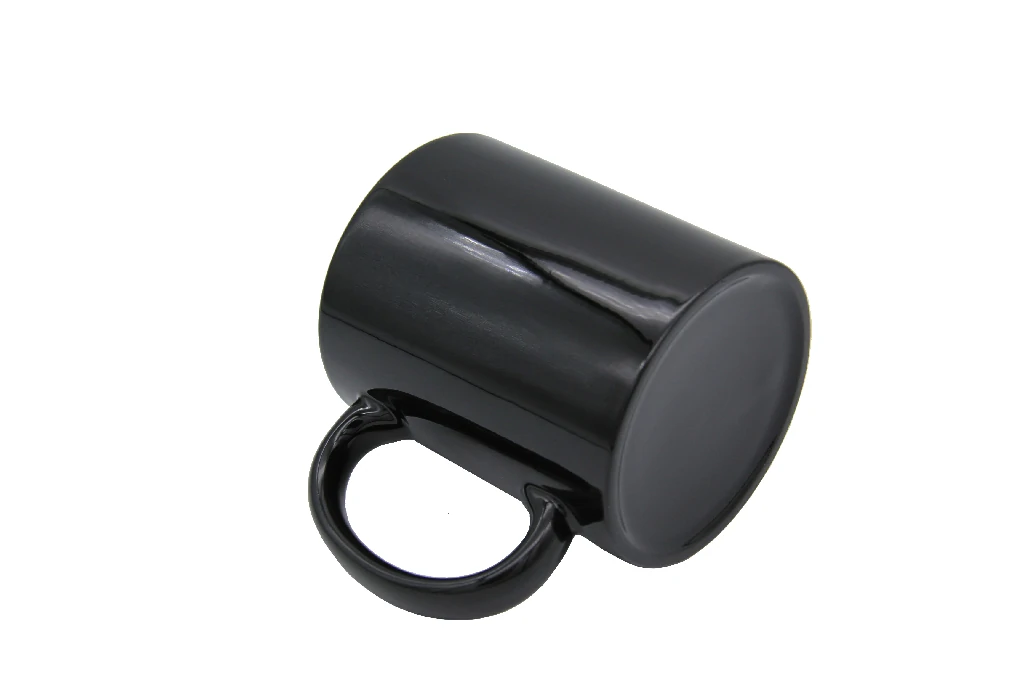Eid is a special occasion which marks the time to rejoice. It doesn’t matter whether you are going to attend a party or just heading to the office, dressing adequately is very important. Putting accessories like personalized banners party city can make the ambiance more festive. Below is the way to dress for Eid in different scenarios.

Go with A Suitable Dress Code
Finding the suitable dress for Eid can be a complicated ordeal. To ensure utmost comfort and elegance, the office requires the choice of professional yet festive outfit. Dressy is the word for men’s outfits since short kurtas are quite a hit and can be worn alongside dress pants; ladies, on the other hand, can decide for an elegant tunic matched with slim fit trousers. Florals, bright solids as well as shocking patterns hit the jackpot for this event.
Put On Cultural Clothes
If you are at a party, cultural attire rules will not be that strict. You can go all out in sherwanis or dhotis if you are a man, while the women might loyally lock it down with the lehenga or salwar kameez of all colors. It seems that it makes sense on this holiday, as the outfits are not only about that but also about displaying one’s cultural heritage. Last-minute touches like bangles for the ladies and turbans for the gents may prove that your look is very close to home.
Choice of Footwear
Comfort is the undisputed king of your choosing footwear while style is the queen. The right choice in the office is a pair of loafers or brogues that are glossy and which fit together with your wardrobe. In a party, your festive look can still be taken to the next level if you wear flat sandals for comfort or fabulous slippers for some extra dressing-up jazz. Check that they are in harmony with the rest of the clothing.
Must-Have Add-ons
The beauty of accessories is that they have the capacity and potential to breathe life into even the most lethargic of outfits. In essence, the use of over-the-top statement jewelry, such as necklaces or earrings can provide the bling that is so necessary. Lastly, for the male category, the outfit can get completed with the presence of a wristwatch and sometimes a pocket square that is artistically decorated. Choosing details such as the ones provided by Party City’s banners on a more personal level can also enhance any festive environment hence making the celebration very lively and enjoyable.
Conclusion
Celebrating Eid in the office or at a party with the way of dressing can bring about an enjoyable experience. By choosing the right outfits and jewelry, you can celebrate this special occasion in style. You can enhance the elegance of the cultural dress by adding the appropriate accessories and thus, be contestants Who honor the true meaning of Eid.











